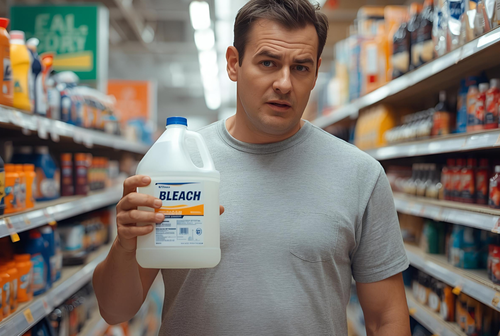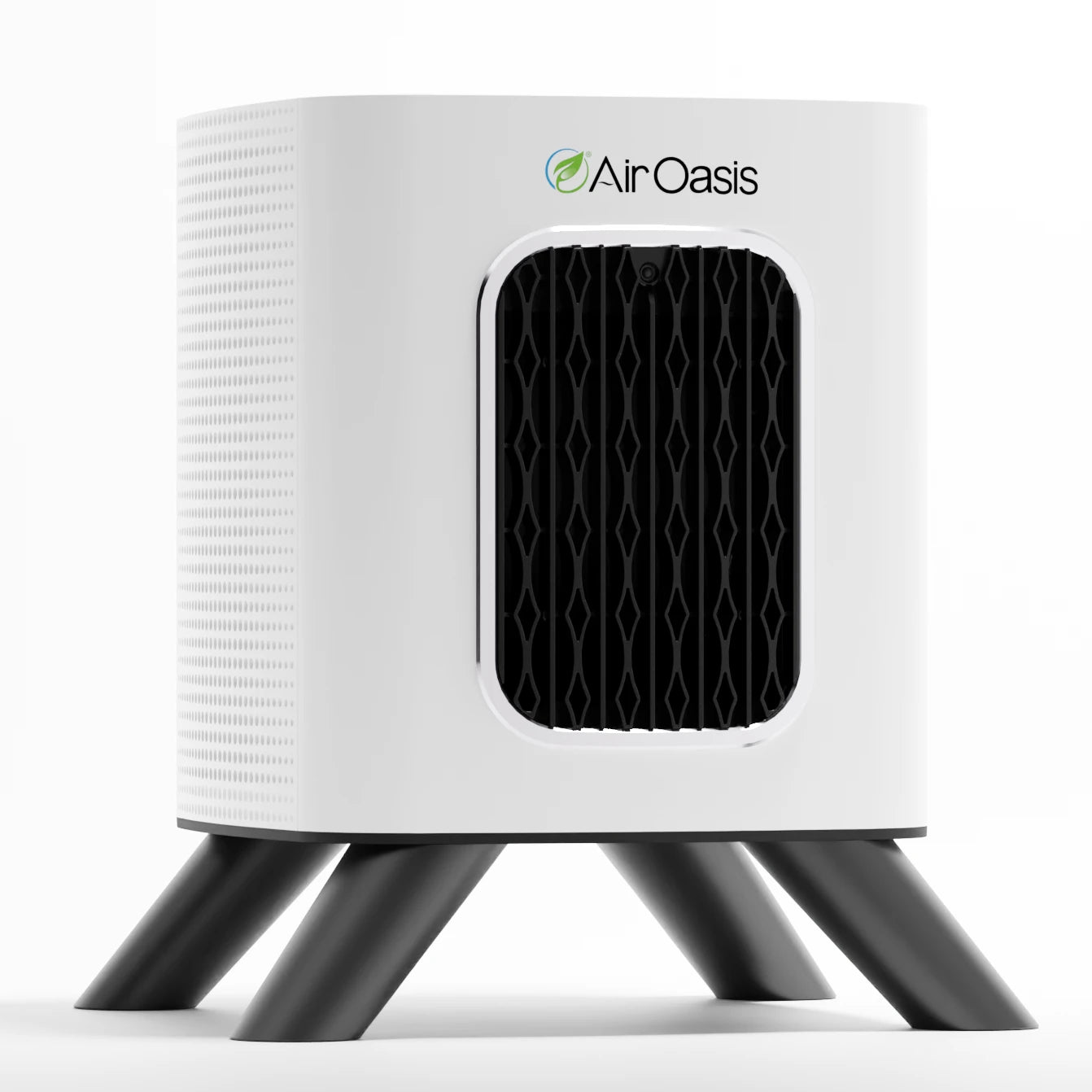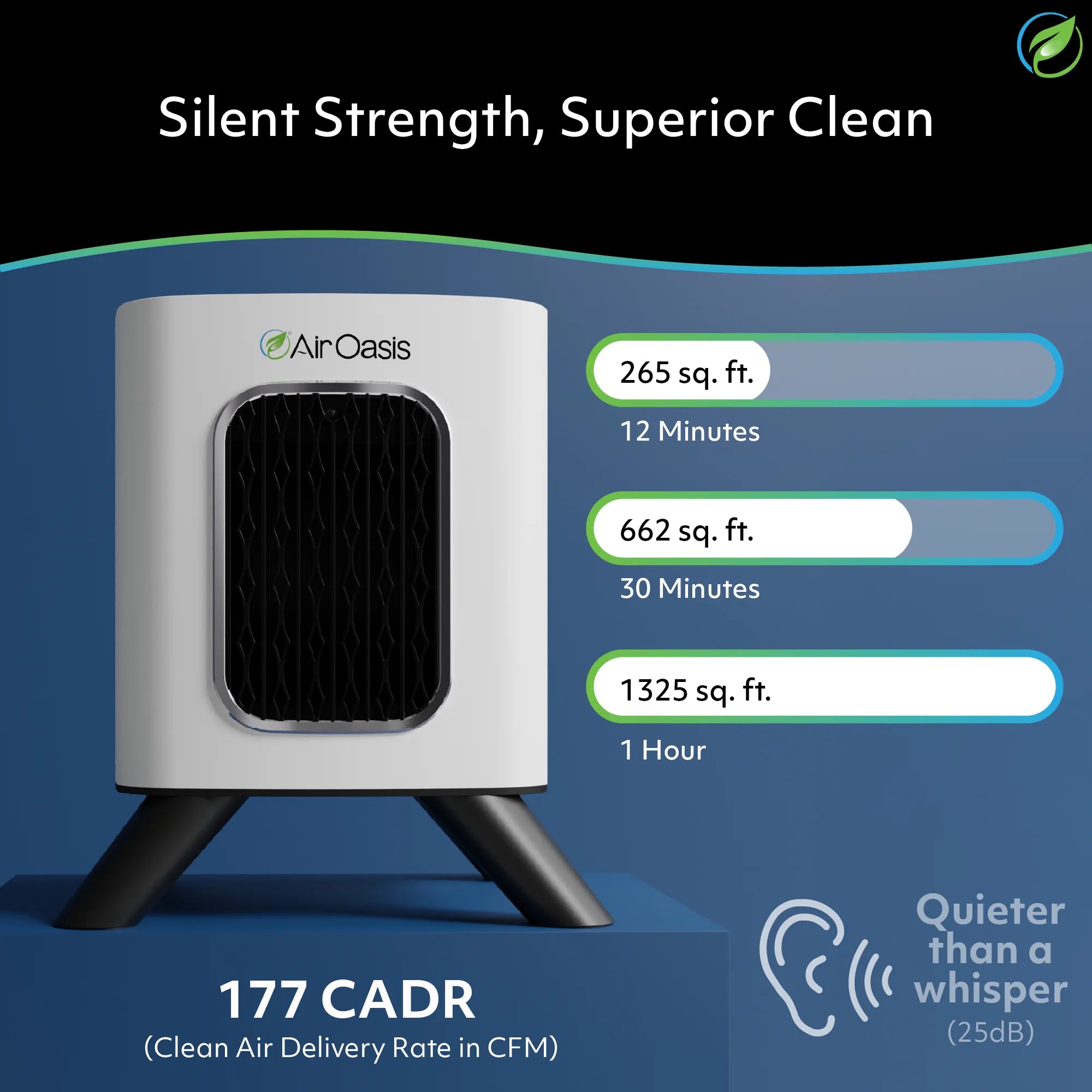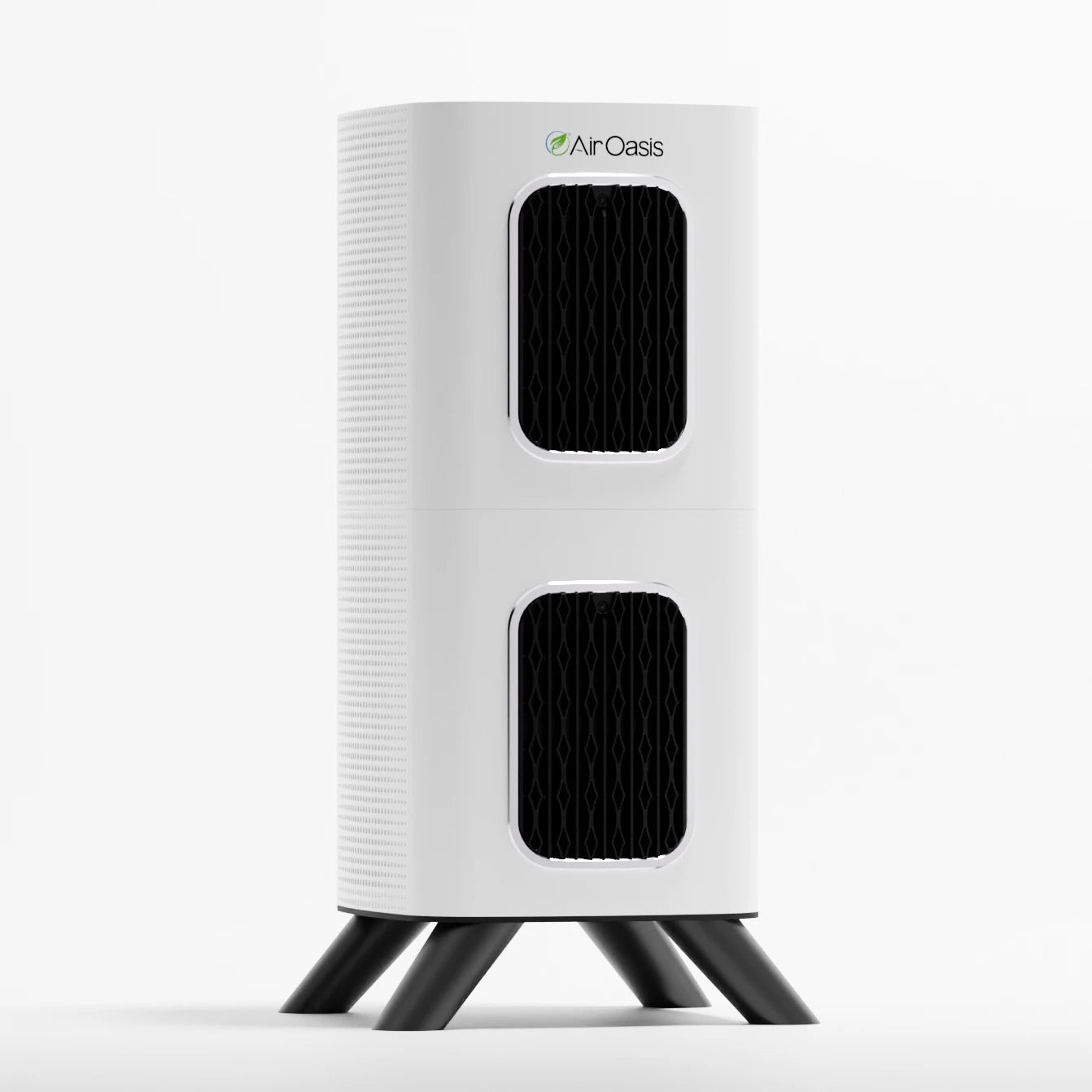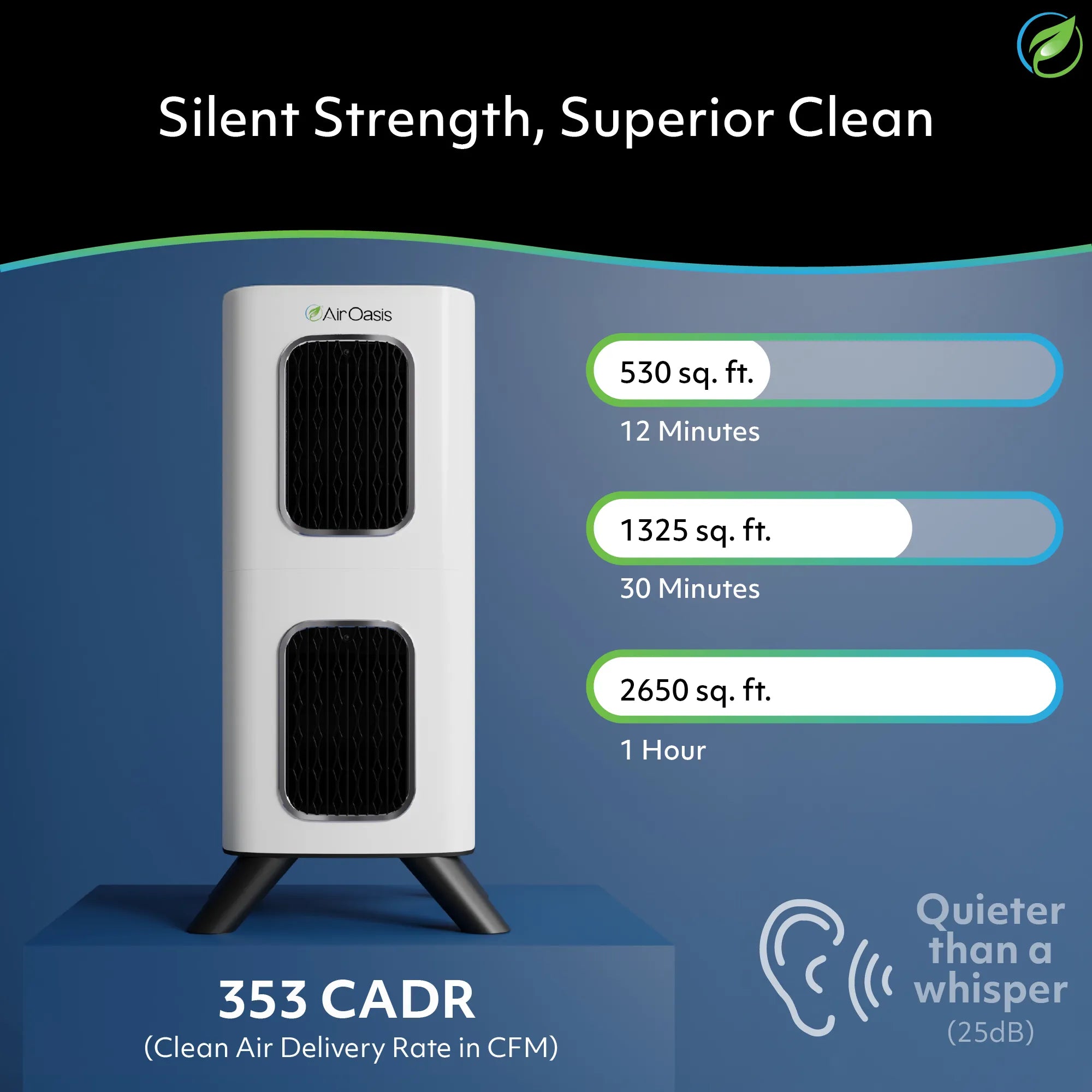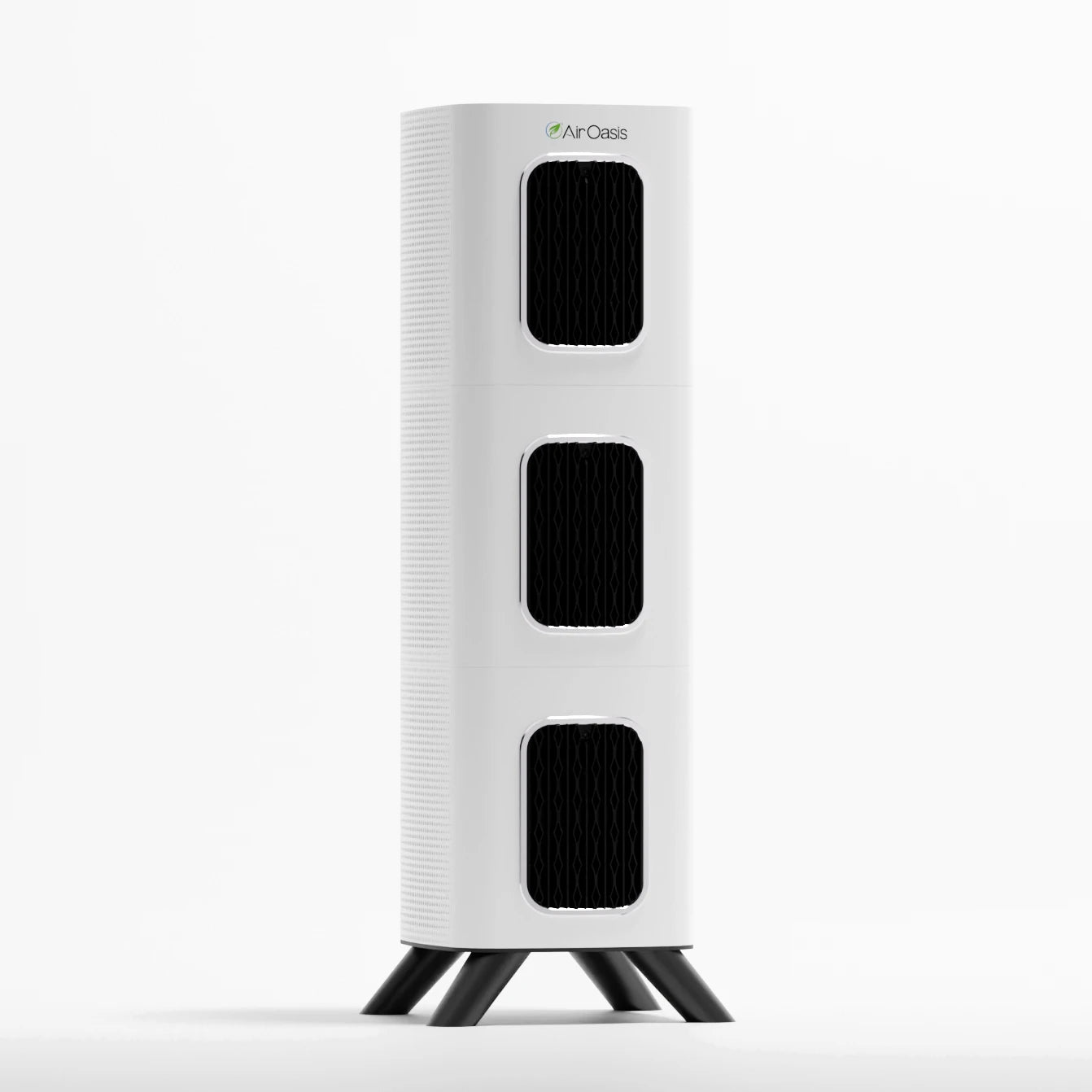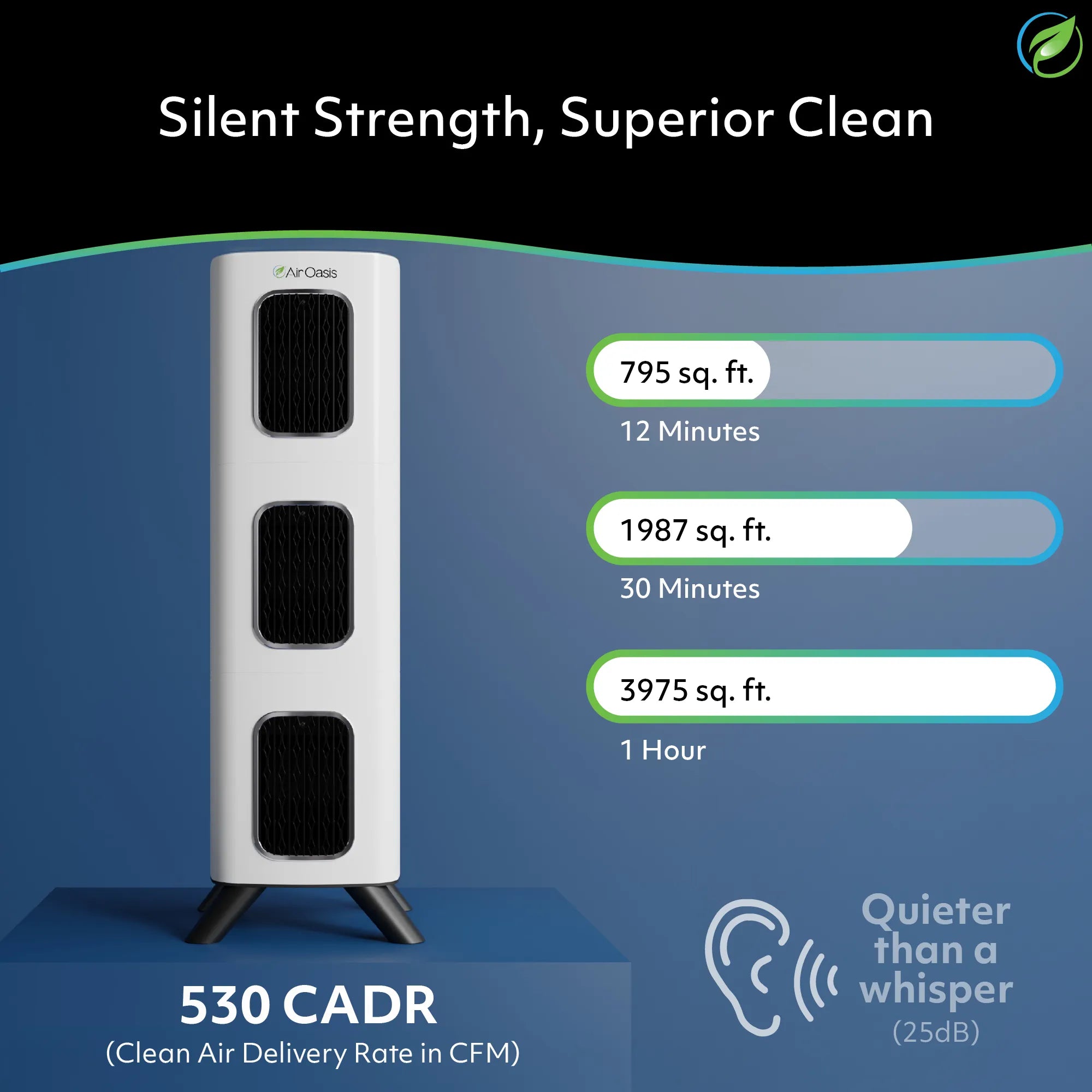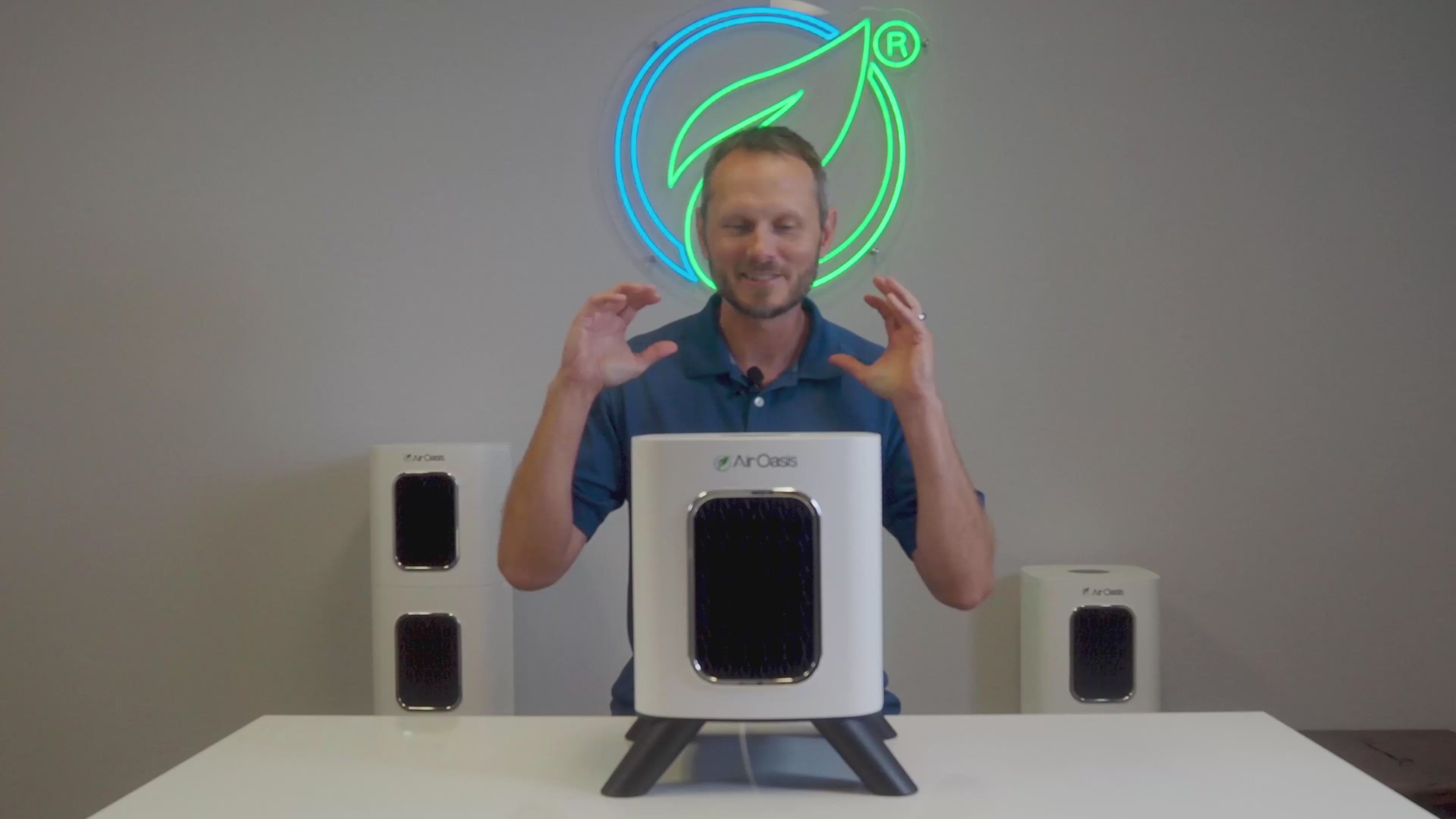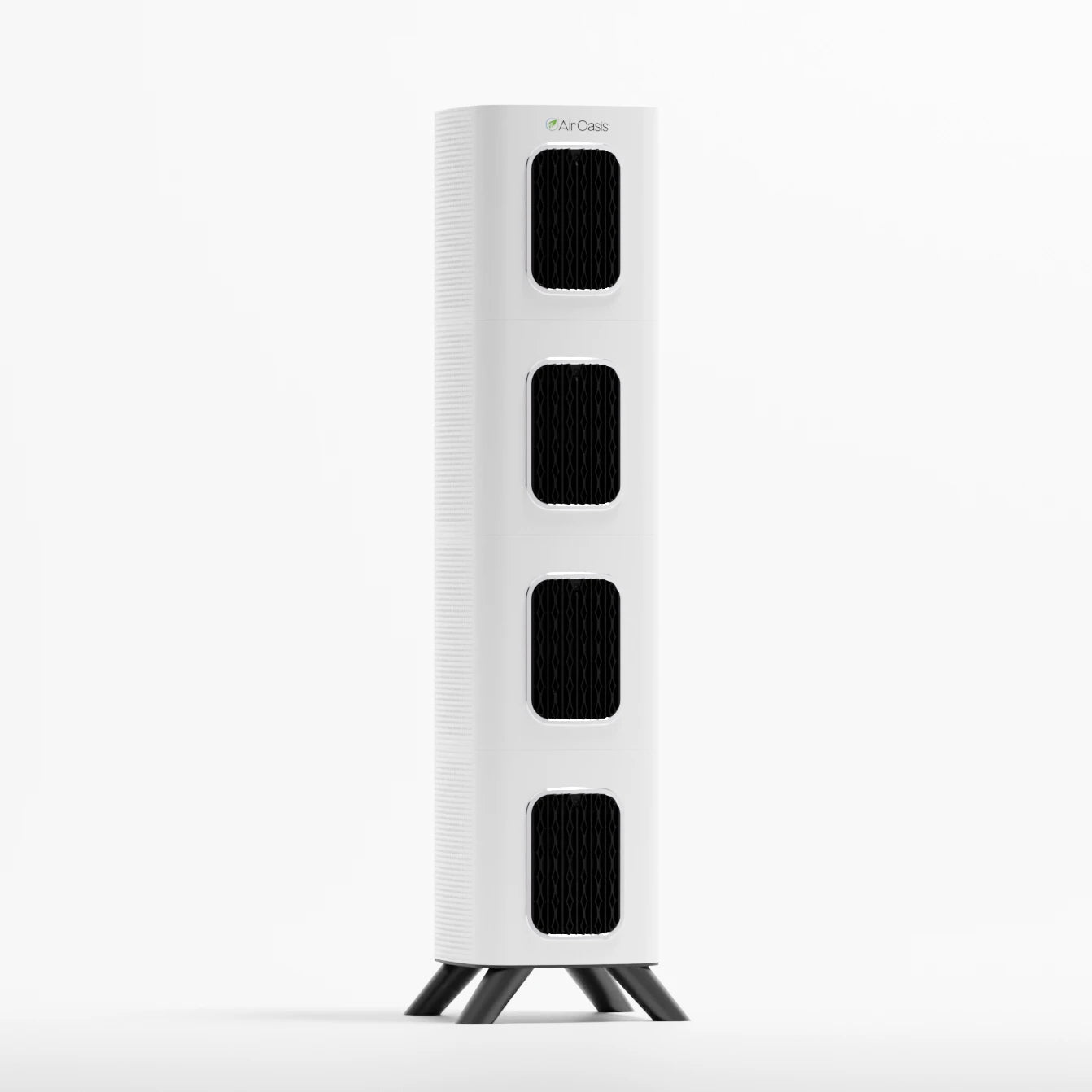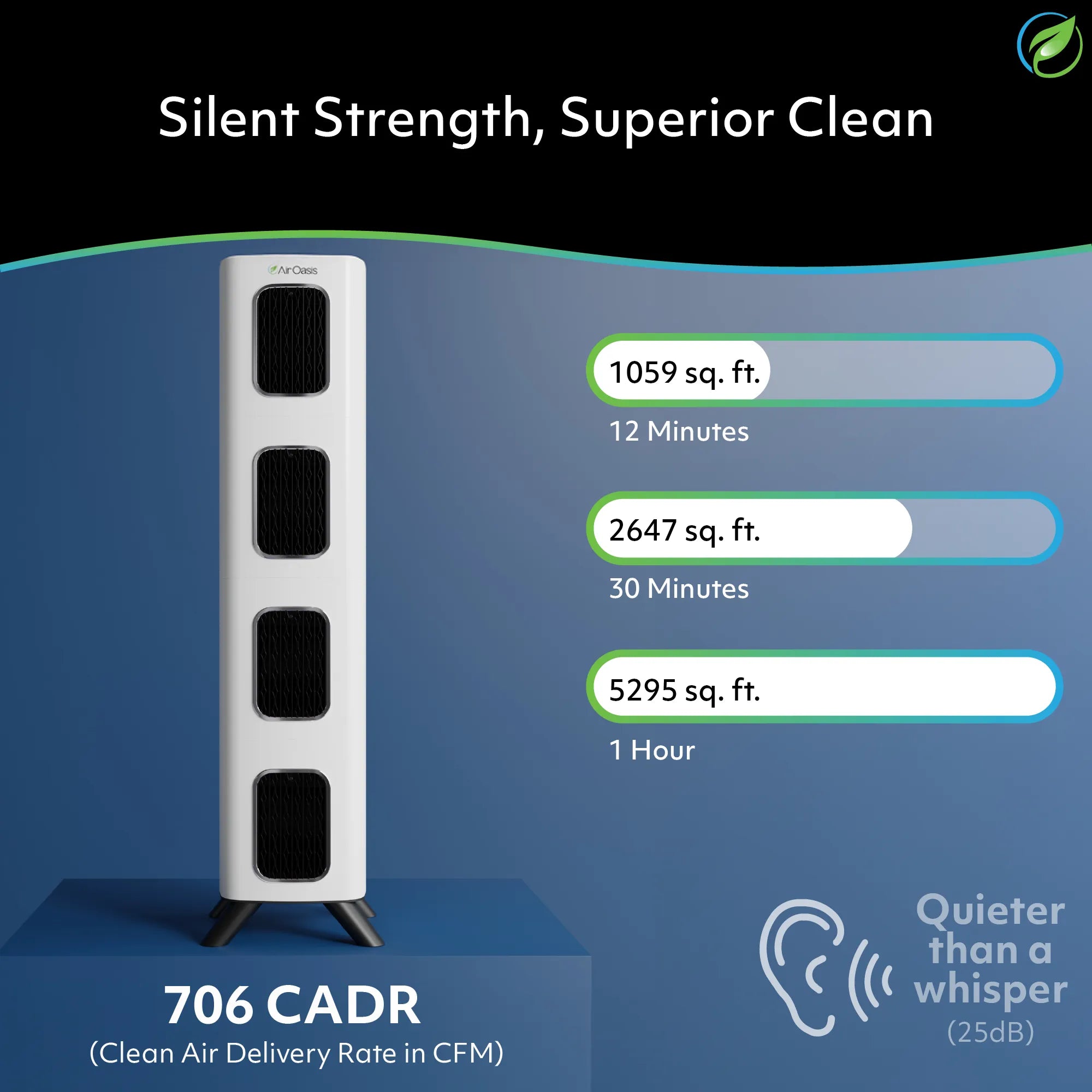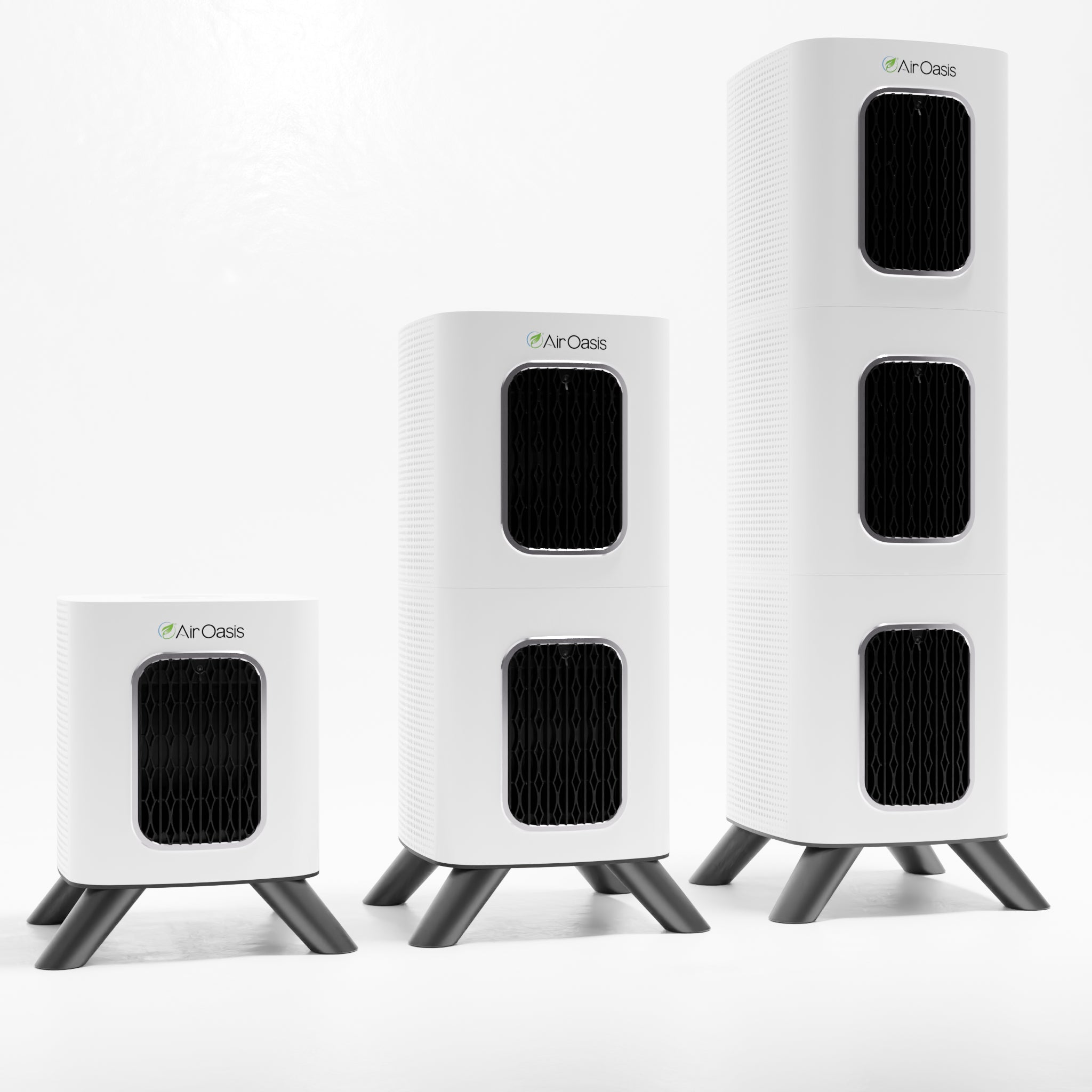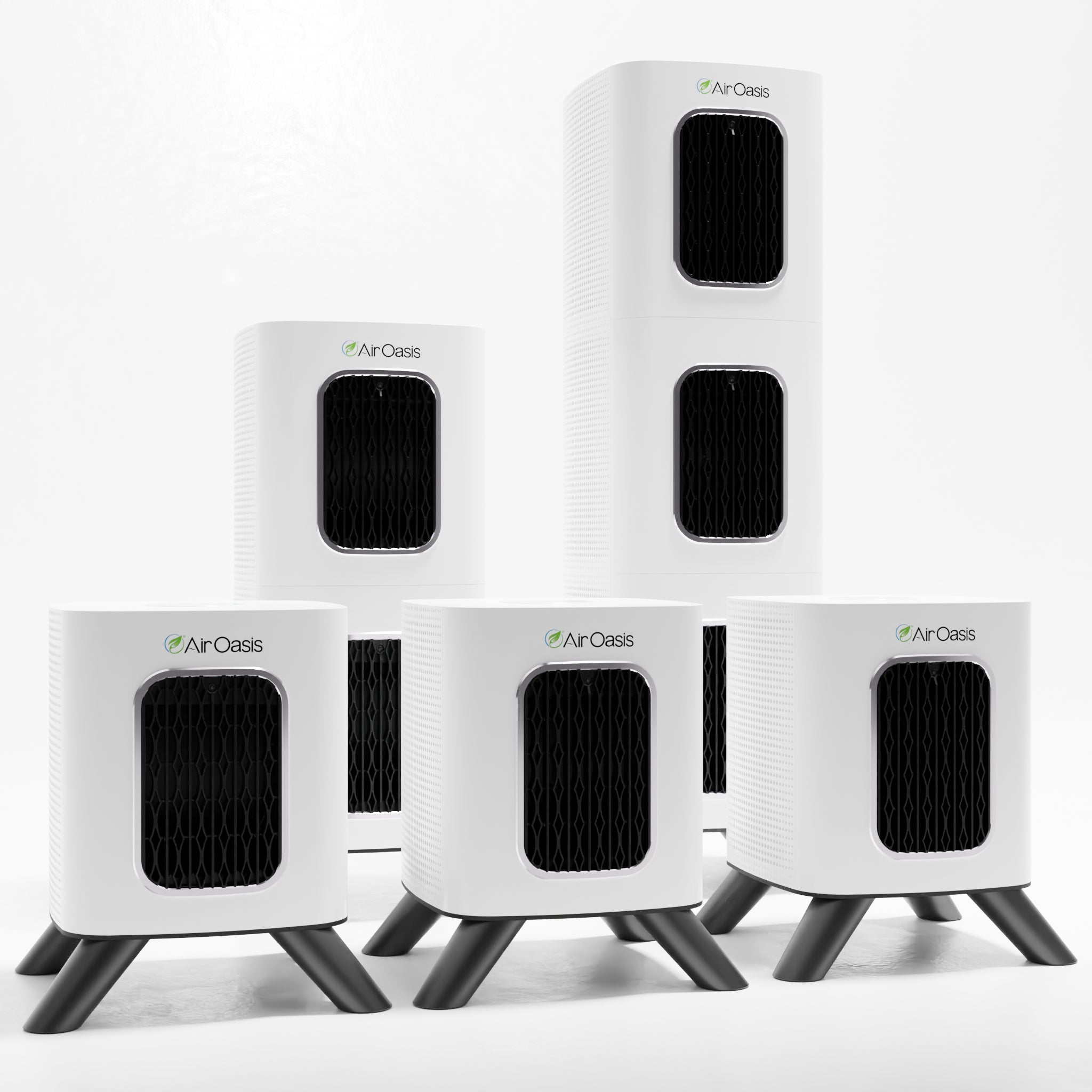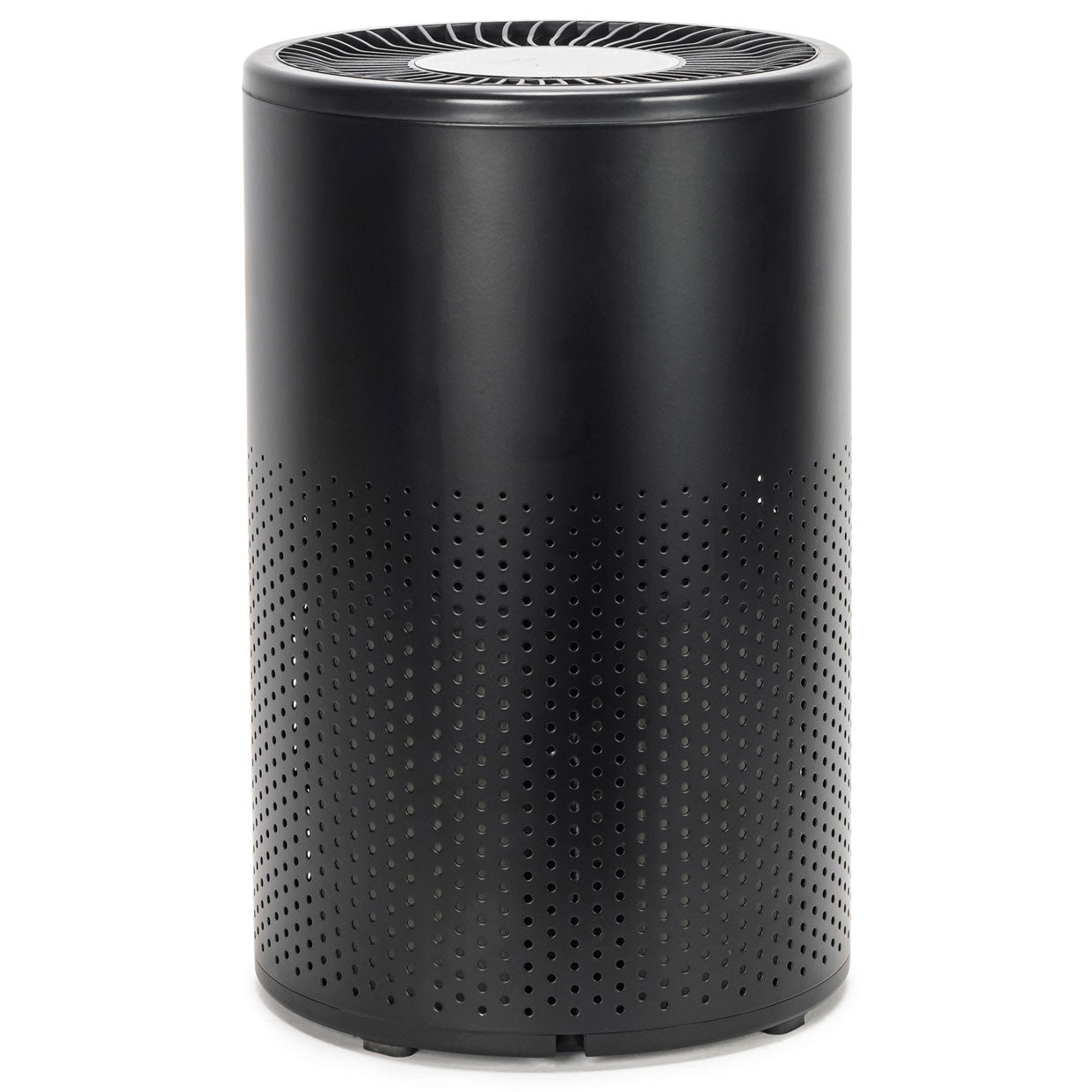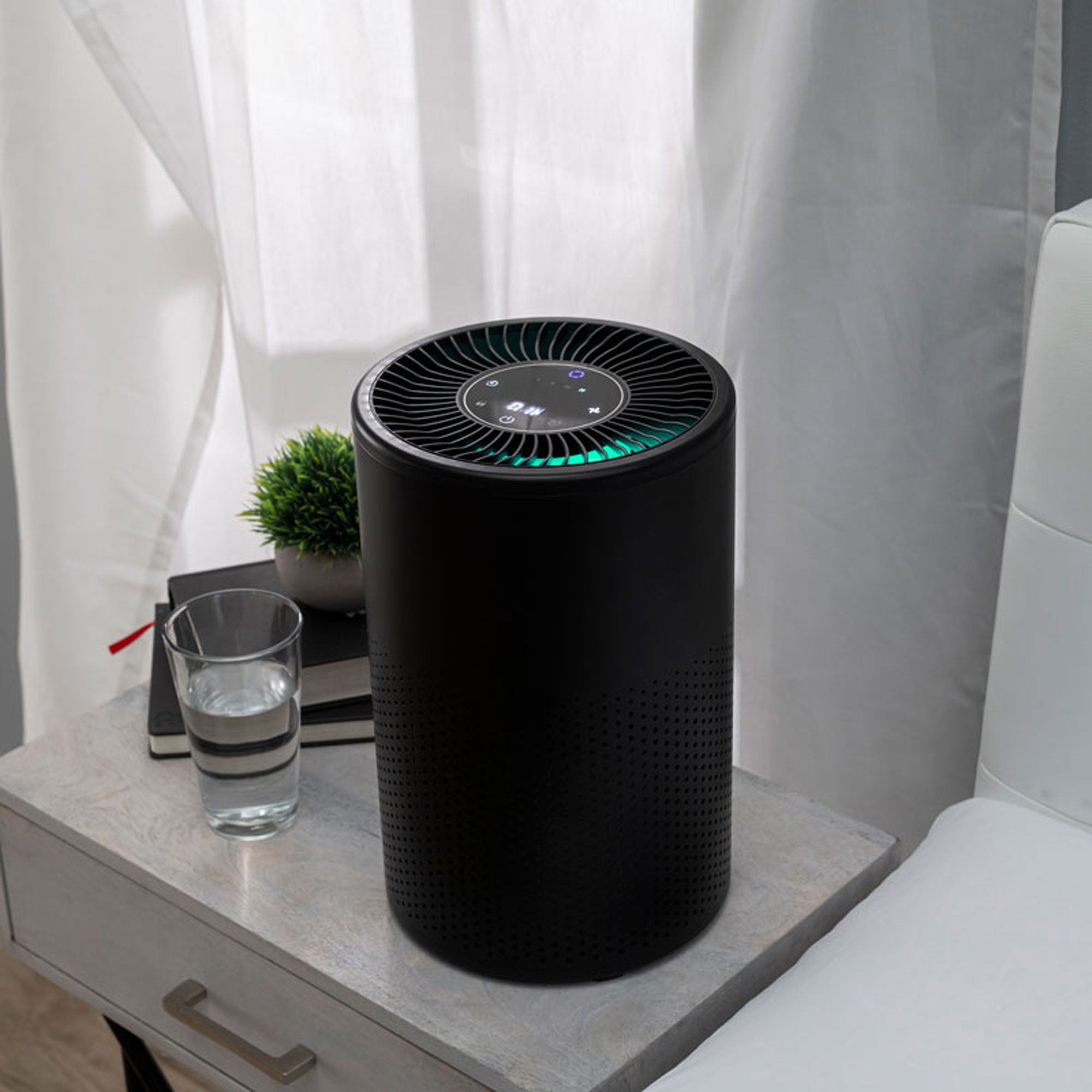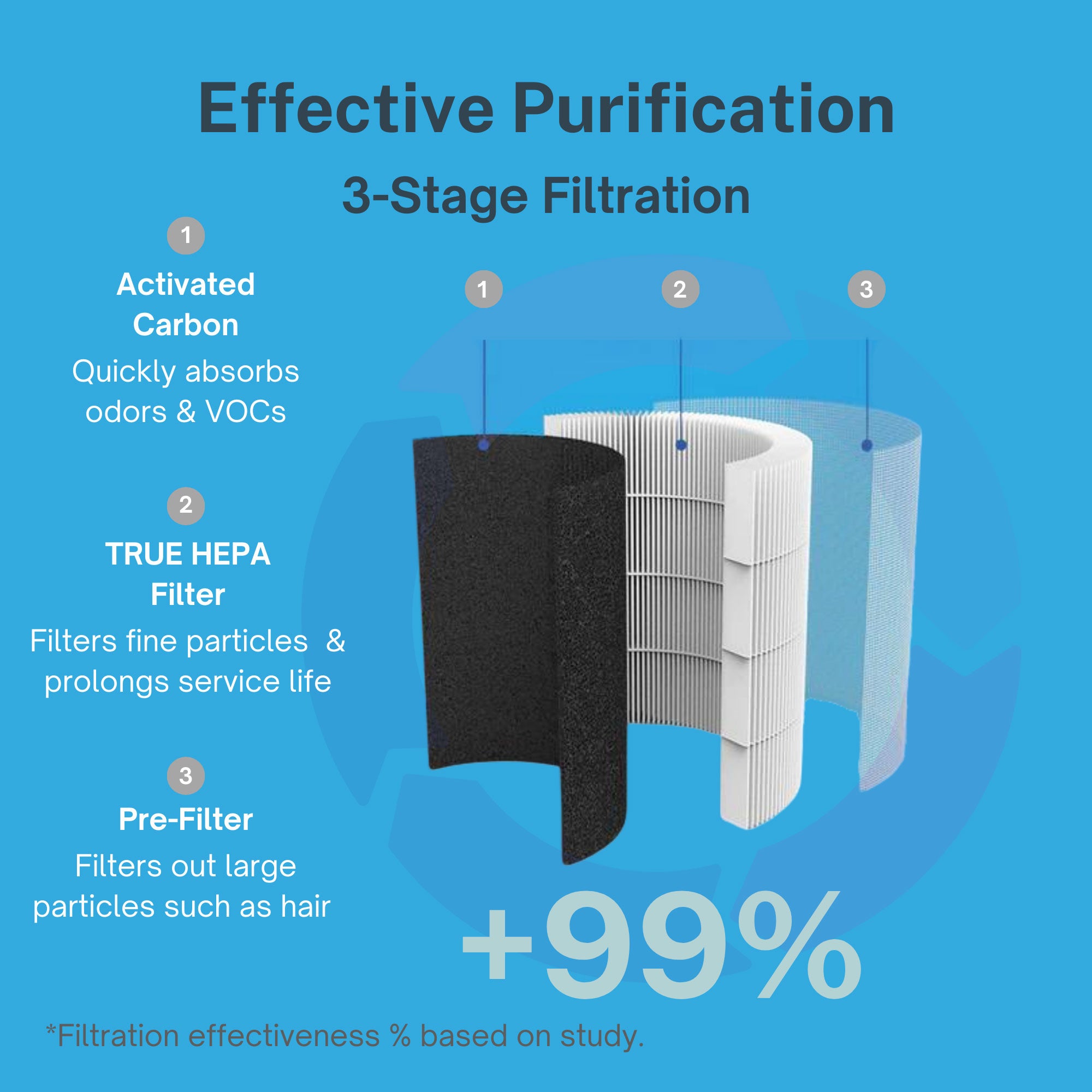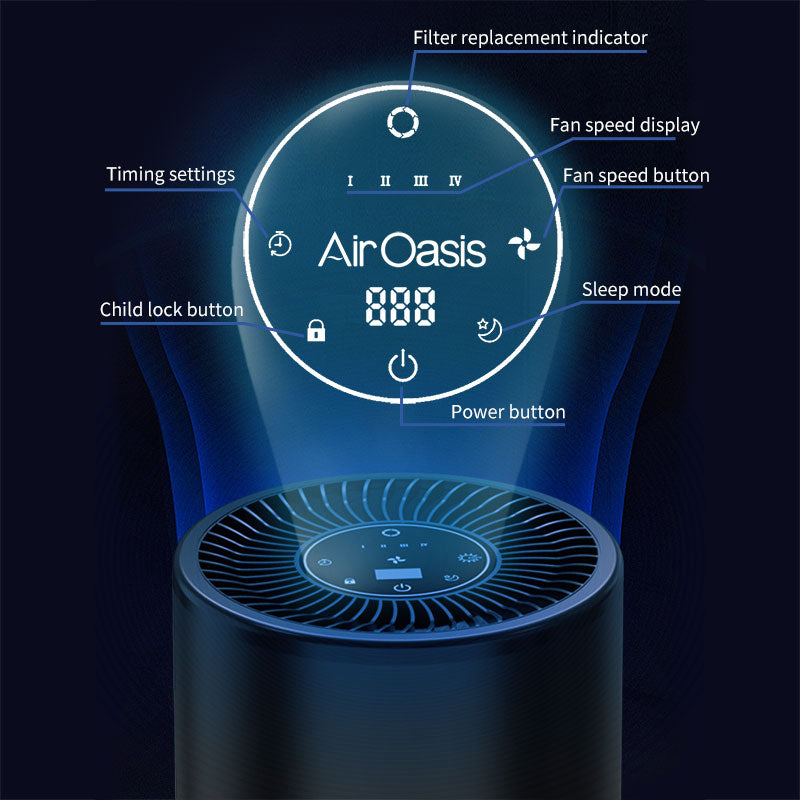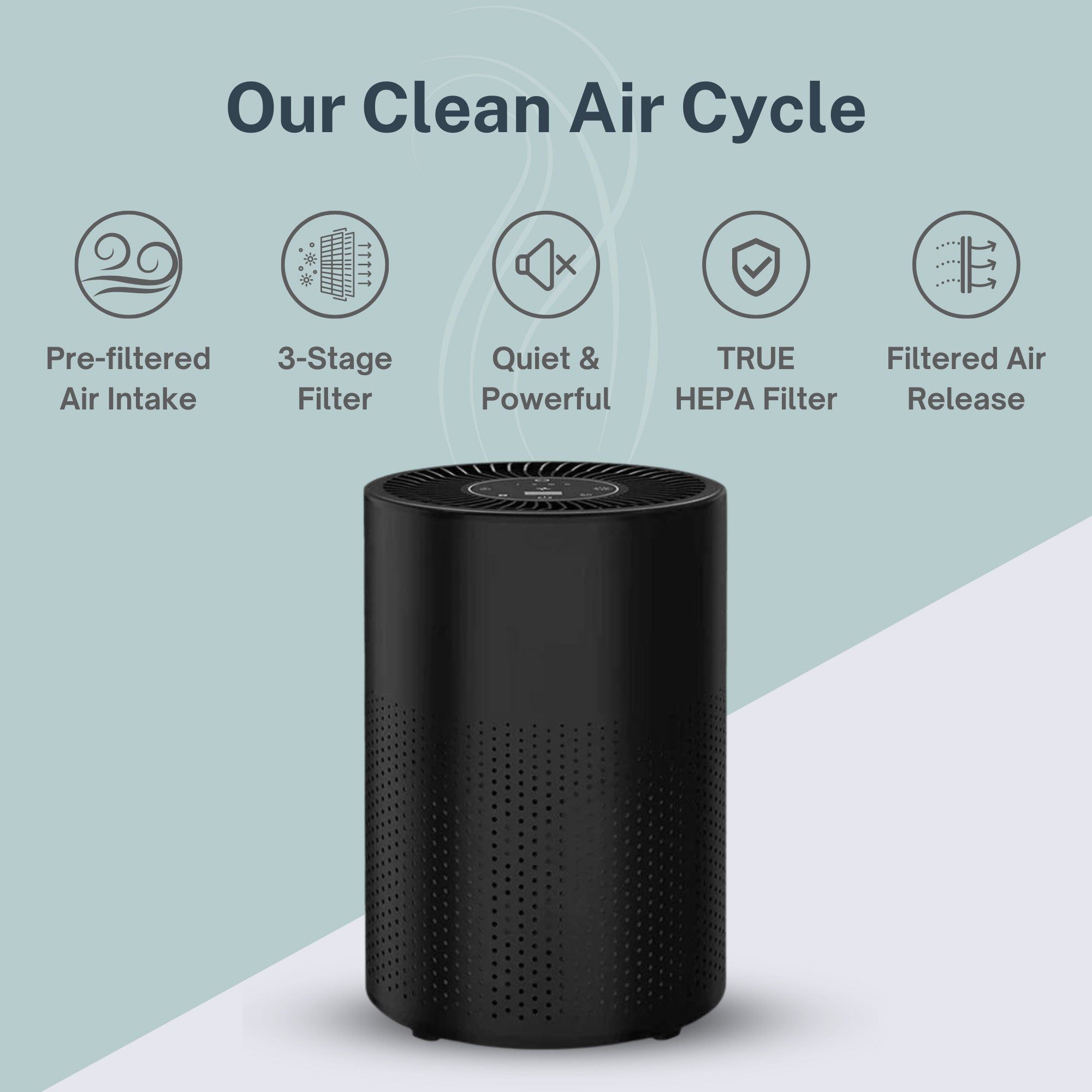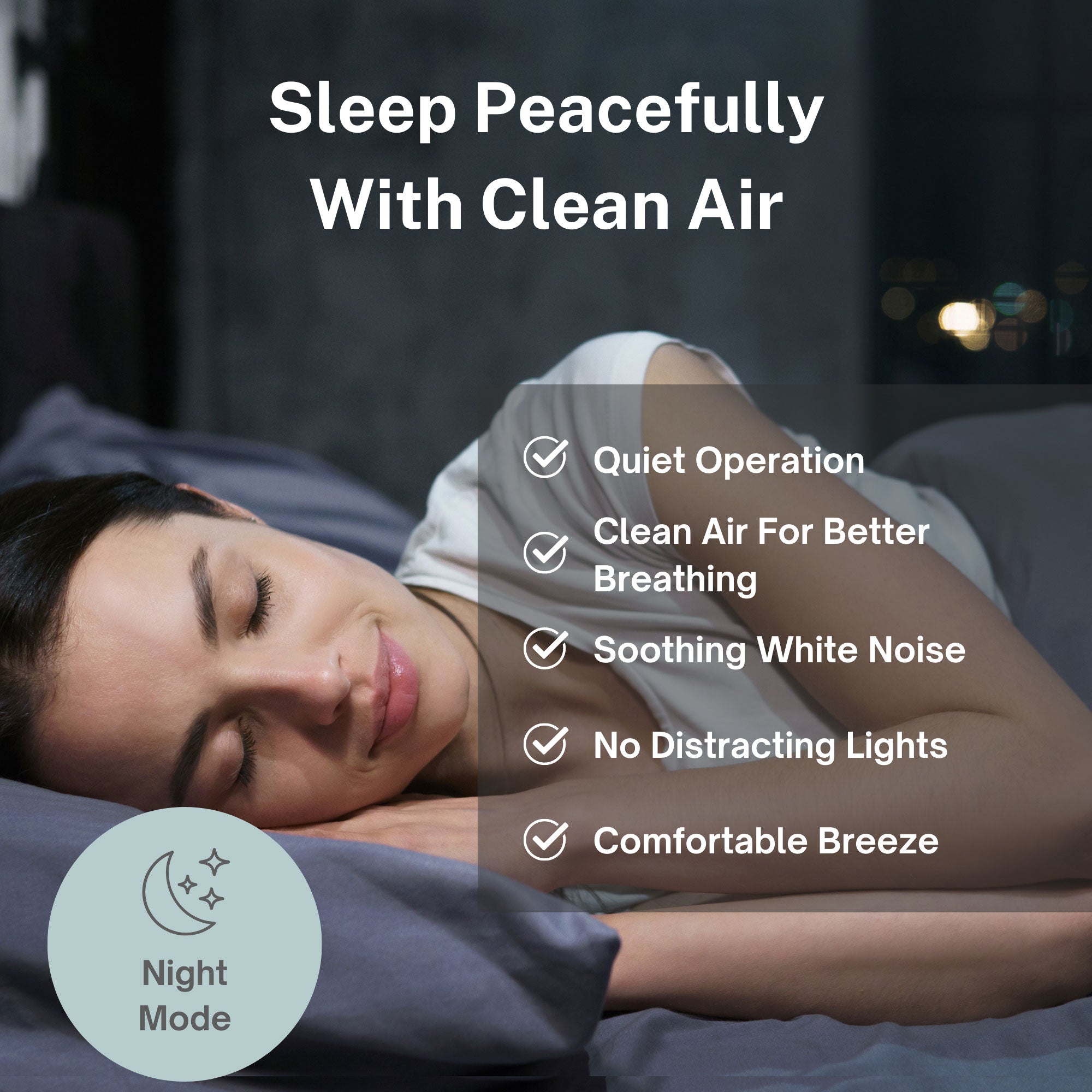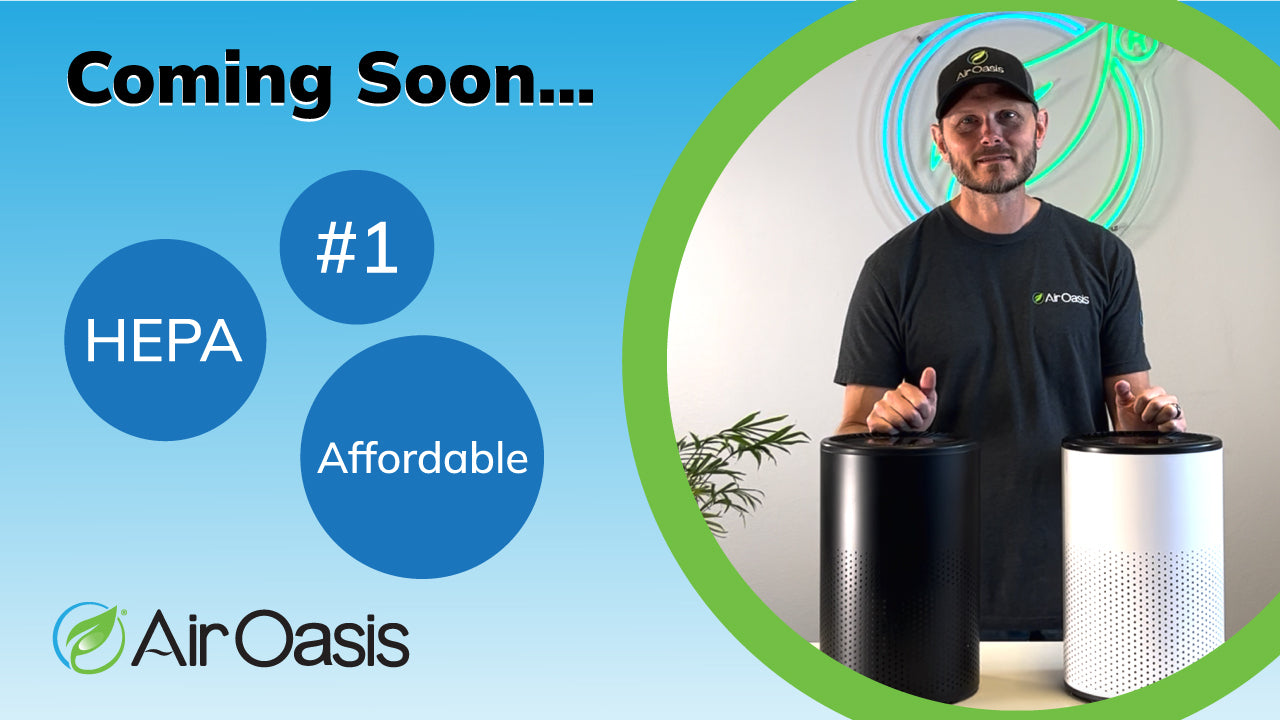Biotoxin illness affects millions of Americans who remain unaware that their chronic symptoms stem from exposure to naturally occurring toxins produced by microorganisms in their environment. Unlike chemical pollutants or synthetic toxins, biotoxins are biological compounds released by bacteria, fungi, algae, and other microorganisms as natural byproducts of their metabolism, creating invisible health threats that can devastate immune function and trigger chronic inflammatory conditions.
Recognizing and avoiding these biotoxin sources becomes essential for maintaining optimal health, particularly for individuals with genetic susceptibilities that make them unable to effectively clear these toxins from their bodies once exposed.
Water-Damaged Buildings: The Most Common Biotoxin Source
Water-damaged buildings represent the primary source of biotoxin exposure for most Americans, with an estimated 50% of all structures containing moisture problems that promote toxic mold growth. When buildings experience water intrusion from leaks, flooding, or inadequate ventilation, they create ideal conditions for mold species that produce dangerous mycotoxins including trichothecenes, aflatoxins, and ochratoxin A.
Mold growth can begin within 24-48 hours of water damage, making rapid response critical for preventing biotoxin production. However, many moisture problems remain hidden within wall cavities, above ceiling tiles, or beneath flooring materials, allowing extensive contamination to develop undetected.
The most dangerous mold species for human health include Stachybotrys chartarum (black mold), Aspergillus species, Penicillium species, Chaetomium, and Fusarium varieties. These organisms produce mycotoxins that become airborne and contaminate indoor environments, creating exposure risks through inhalation, skin contact, and ingestion of contaminated food or water.
Preventing water-damaged building exposure requires vigilant moisture control through proper ventilation, immediate repair of leaks, humidity maintenance below 50%, regular HVAC system maintenance, and comprehensive air filtration. The Air Oasis iAdaptAir systems provide multi-stage protection against mold spores and mycotoxins that traditional ventilation systems cannot address.
Harmful Algal Blooms: Freshwater and Marine Toxin Threats
Cyanobacteria (blue-green algae) in freshwater systems produce potent biotoxins including microcystins, cylindrospermopsins, and anatoxins that pose serious health risks through drinking water contamination, recreational water exposure, and inhalation of aerosolized toxins near affected water bodies. These neurotoxins and hepatotoxins can cause acute poisoning and contribute to chronic inflammatory conditions in genetically susceptible individuals.
Marine biotoxins from dinoflagellates create additional exposure risks through contaminated seafood consumption and coastal air exposure during harmful algal bloom events. Species like Pfiesteria piscicida, Alexandrium, and Karenia brevis produce toxins that become airborne during blooms, creating respiratory exposure risks for coastal residents and visitors.
According to National Institute of Environmental Health Sciences research, climate change and nutrient pollution are increasing the frequency and severity of harmful algal blooms, expanding exposure risks geographically and seasonally.
Protection strategies include avoiding recreational activities in waters with visible algal blooms, using certified water filtration systems that remove biotoxins, staying indoors during coastal bloom events, choosing seafood from unaffected areas, and monitoring local health department advisories about water safety. Comprehensive air purification becomes essential for coastal residents who may face regular exposure to aerosolized marine biotoxins.
Contaminated Food Sources: Agricultural and Storage-Related Exposure
Mycotoxin contamination in agricultural products represents a significant biotoxin exposure source that affects food supplies worldwide. Crops including corn, wheat, rice, nuts, coffee, and dried fruits commonly contain mycotoxins from field fungi like Aspergillus, Fusarium, and Penicillium species that contaminate crops during growing, harvesting, or storage phases.
Aflatoxins in nuts and grains, ochratoxin A in coffee and wine, trichothecenes in wheat products, and fumonisins in corn-based foods create chronic exposure risks through regular consumption of contaminated products. Processing and cooking do not eliminate these heat-stable toxins, making prevention through source selection the primary protection strategy.
The Food and Drug Administration monitors mycotoxin levels in commercial food supplies, but permitted levels may still cause problems for sensitive individuals. Additionally, storage conditions in homes, restaurants, and food facilities can promote additional mold growth that increases toxin concentrations beyond original levels.
Reducing dietary biotoxin exposure requires choosing organic products when possible, proper food storage in cool, dry conditions, avoiding visibly moldy foods entirely, diversifying food sources to prevent concentrated exposure, and selecting suppliers with rigorous quality control standards. Home storage areas should maintain low humidity and good air circulation to prevent additional mold growth on stored foods.
Indoor Air Quality: HVAC Systems and Building Materials
Heating, ventilation, and air conditioning systems can become major biotoxin distribution networks when they contain moisture, accumulated debris, or microbial growth within ductwork, air handlers, or filtration systems. Contaminated HVAC systems spread mold spores, bacteria, and their toxic byproducts throughout entire buildings, creating widespread exposure that affects all occupants.
Building materials themselves can harbor biotoxin-producing organisms, particularly in humid climates or poorly ventilated structures. Drywall, insulation, carpeting, ceiling tiles, and wooden components can support microbial growth that produces airborne toxins even in the absence of obvious water damage.
Poor indoor air quality from inadequate ventilation allows biotoxin concentrations to accumulate to dangerous levels, while outdoor air pollution can introduce additional microbial contaminants that establish indoor colonies under favorable conditions.
The Air Oasis comprehensive air purification approach addresses these multiple indoor biotoxin sources through HEPA filtration, UV-C sterilization, activated carbon adsorption, and ionization technology that neutralizes airborne toxins and prevents their accumulation in indoor environments.
Protection requires regular HVAC maintenance and filter replacement, professional duct cleaning when contamination is suspected, humidity control throughout the building, comprehensive air purification that addresses multiple contaminant types, and immediate attention to any moisture problems or unusual odors that could indicate microbial growth.
Occupational and Recreational Exposure Risks
Certain occupations create elevated biotoxin exposure risks through direct contact with contaminated materials, work in water-damaged environments, or activities that disturb microbial growth. Agricultural workers, construction professionals, restoration specialists, healthcare workers, and educators in older buildings face increased risks that require specialized protection strategies.
Recreational activities including fishing, boating, swimming, camping, and hiking in areas with water damage or algal contamination can create acute exposure risks, particularly for individuals with genetic susceptibilities to biotoxin illness. Indoor hobbies involving organic materials, such as woodworking, composting, or plant cultivation, can also create exposure risks if proper precautions aren't maintained.
Recognition of occupational and recreational risks allows for targeted protection strategies including personal protective equipment, environmental monitoring, rotation of high-risk activities, and comprehensive decontamination procedures after potential exposure events.
Long-term health protection requires understanding that biotoxin sensitivity can develop over time with repeated exposures, making prevention strategies increasingly important as cumulative exposure increases throughout life.
Creating Your Biotoxin-Free Environment
Understanding biotoxin sources empowers you to make informed decisions about your living and working environments, recreational activities, and daily habits that affect your exposure risks. Genetic testing can reveal individual susceptibilities that make biotoxin avoidance even more critical for maintaining long-term health.
Comprehensive protection strategies address multiple exposure routes simultaneously rather than focusing on single sources, recognizing that biotoxins from different sources can create cumulative health effects that exceed the impact of individual exposures.
The key to biotoxin illness prevention lies in creating clean indoor environments, making informed choices about food and water sources, avoiding known contamination risks, and maintaining vigilance about environmental changes that could introduce new exposure threats.
Protect Yourself from Hidden Biotoxin Threats
Don't let invisible biotoxins compromise your health and wellbeing. Take control of your indoor environment with comprehensive air purification technology that removes mold spores, bacteria, and their toxic byproducts before they can affect your health. Shop Air Oasis today for the multi-stage protection that keeps biotoxins out of your breathing space.


